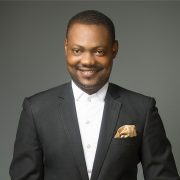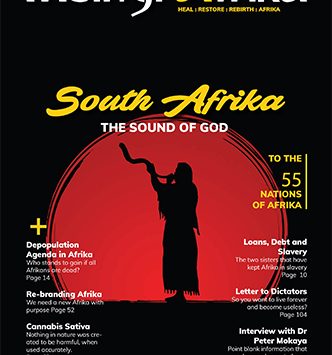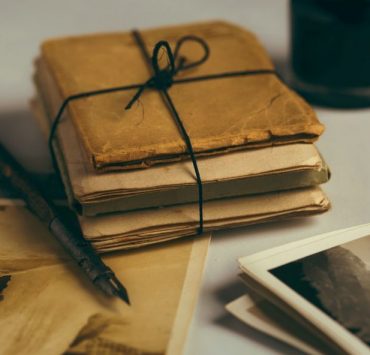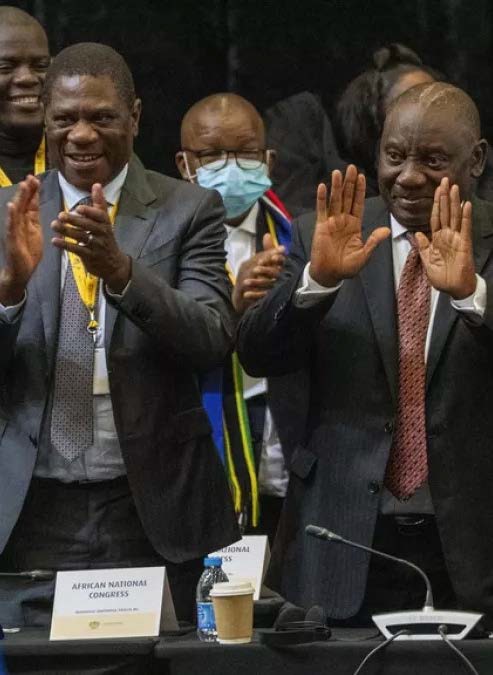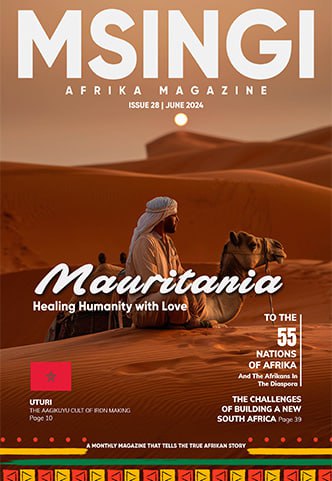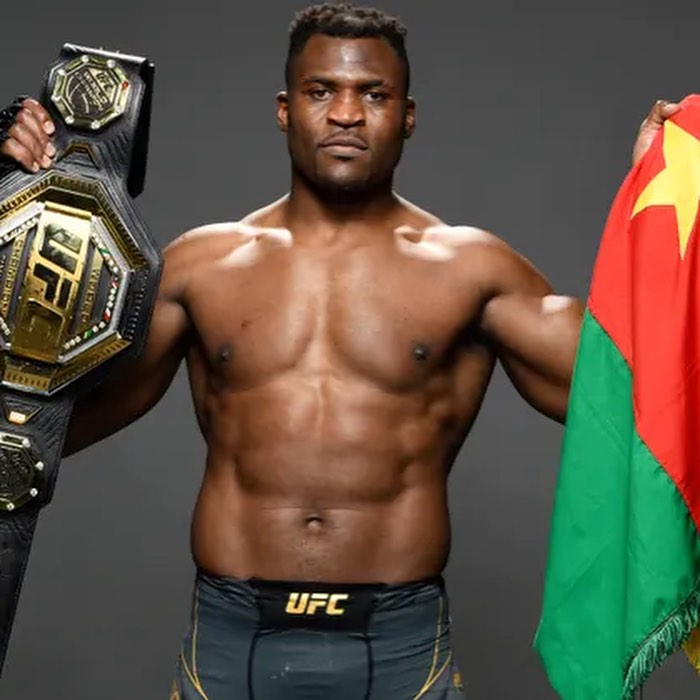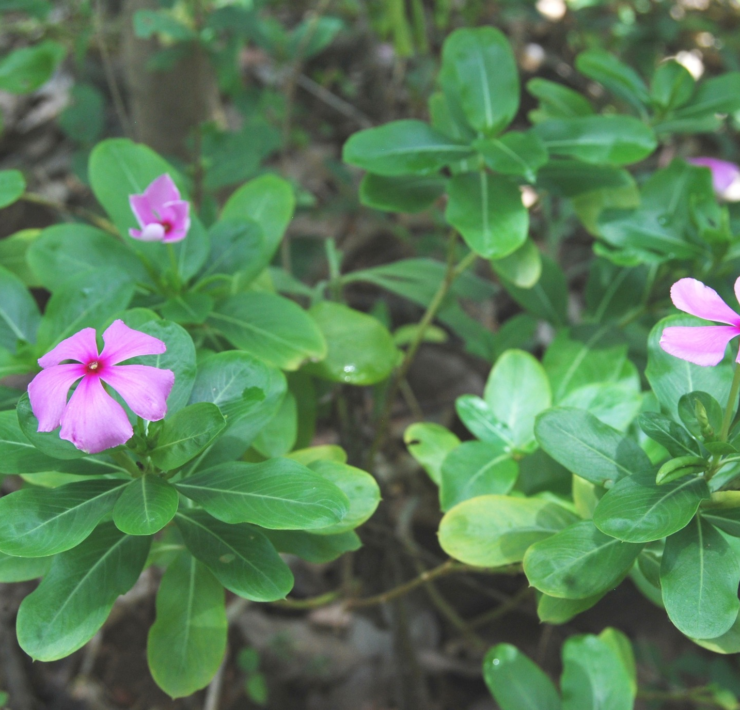The African Background of Modern Medical Science
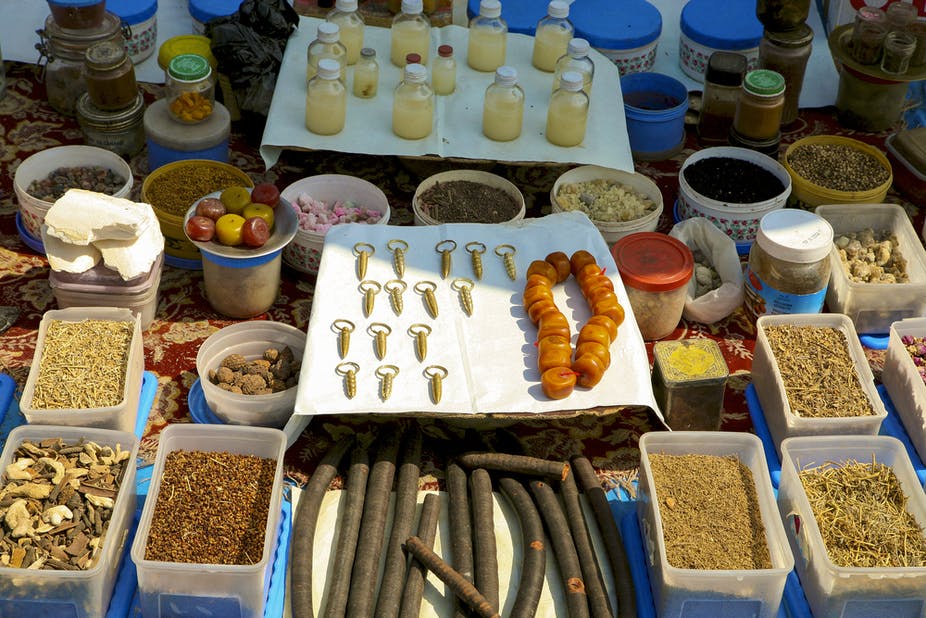
Anselm Adodo is the Director of Africa Centre for Integral…
The origin and evolution of healing as a special skill long antedates other important human invention such as agriculture and animal domestication and might as well deserve consideration as ‘the oldest profession’. In 1930, J.H. Breasted translated the Edwin Smith papyrus, which antedates Hippocrates by over 2500 years, and it became clear that Imhotep, an African, not Hippocrates, a Greek, is the real “father of medicine”.
The excavated Ebers papyri and the Edwin Smith papyrus are the most important medical textbooks of ancient Egypt, now known as the Ebers papyrus and the Edwin Smith papyrus. They date back to pre-pyramid times, over 4000 years ago. Imhotep was an adviser to the Pharaoh Djoser. A political leader, designer and builder of the world’s first great edifice in stone, the step-pyramid of Saggara. Hippocrates was said to have descended from a long line of “Asclepiads”, that is, devotees of the Greek healing god Asclepios, often identified with Imhotep.
Imhotep’s father was Kanofer, a distinguished architect in the service of Pharaoh. His mother was Khreduankh, from Mende. Although he served and excelled as prime minister, chief scribe, ritualist and architect under the Pharaoh Djoser of the 3rd dynasty, Imhotep’s gifts as a physician overshadowed all the others.
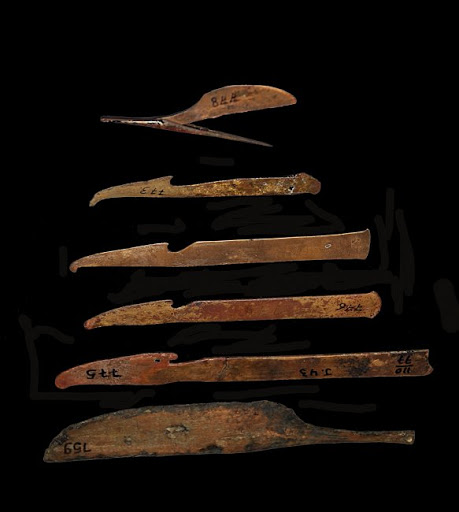
Hippocratic medicine had direct antecedents in Egyptian medicine. The Egyptians were writing medical textbooks as early as 5000 years ago. Out of the hundreds and thousands of papyri that may have been written, we are lucky to have at least 10, which give us a window into medical practice among those ancient Africans. The city-state of Athens used to import Egyptian physicians, as did most of the Kingdoms of the Near East. The Magico-spiritual and rational elements intermingle in Egyptian medicine.
The dissemination of medical knowledge was often limited to a few families, though others who showed enough talent could be allowed to practice. The physician was highly respected and is referred to as Hakim (a wise man or philosopher). Doctors had their own boats and traveled the Nile to treat patients.
Rulers surrounded themselves with physicians to ensure they were well taken care of in case of illness. Medical cures ranged from the use of potent speech (incantation or magico-spiritual element) to the more preventive and rational diagnosis based on ancient Egyptian medical practices. Egyptian medical enterprise flowed across Rome and the rest of Europe, where it was modified over many centuries.
There were three routes to becoming a skilled physician in the medieval period. The first was through tutorship by one’s parents. Sons and daughters of learned physicians often learned the profession from their father, and medicine might become a family’s major profession for generations.
The second method was through self-teaching, whereby serious-minded students taught themselves by compiling a list of medical texts, which were then read until they were satisfied that their contents had been learned. The major pitfall of this method was that the student may misinterpret certain scientific terms in a way different from the intended meaning. That notwithstanding, successful doctors did emerge from this tradition.
The third method was that a student entered the medical profession through classes in hospitals or medical schools. The tradition of medical specialization is said to have originated with the Egyptian ancient medical system. There were specialists who treated the different parts of the body: eyes, head, teeth, intestines etc. This tradition of specialization seemed to have disappeared for some centuries until it came back again in the 4th century BC. Once again, this tradition disappeared around 30 BC and did not resurface until the 20th century.
Skulls found from ancient Egyptian graves indicated that they practiced trephination. This operation is a forerunner of neurosurgery and involves boring a hole through the skull to the outer covering of the brain to remove fragments from a skull fracture compressing the brain, to treat epilepsy and headache.
Why one would ask, did the Egyptian medical expertise and sophistication not spread to sub- Saharan Africa? The reason is that external invasions after 661 BC caused the Egyptian officials to look northward towards Europe rather than the south. Thus, trade-in material goods and culture and medical knowledge was only trans- Mediterranean. Added to this is the factor of the famine and dry phase of ca. 2500BC that created the Sahara Desert and caused the Negroid cultures of middle Africa to move southwards. This effectively isolated sub-Saharan Africa from the scientific changes occurring in the Mediterranean basin.
Sub-Saharan Africa, with the exemption of Ethiopia, was predominantly non-literate until the 11th century AD when Islam introduced Arabic literacy into western Sudan. That literacy came late into sub-Saharan Africa does not mean that it has no history. In fact, some of the best ideas in the history of human thought were the earliest, yet most histories of ideas ignore them. This is due to the wrong assumption that history started with the invention of writing, thereby leaving out the ideas of our earliest ancestors. However, most societies, for most of history, have esteemed oral tradition more highly than writing. Their ideas are inscribed in other ways—left in the fragments of material culture for archaeologists to unearth, or buried deep in modern minds for psychologists to excavate, or preserved in later ages by traditional societies, where anthropologists are sometimes able to elicit them.

Secondly, some people’s prejudice makes them suppose that there are no ideas worth the name in the minds of the ancients, whom they called ‘primitive’ or ‘savage’, mired in “pre-logical” thought, or retarded by magic or myth. However, there has not been any evidence of any change in human brain capacity or in human intelligence since over 30,000 years ago.
Medical practice in sub-Saharan Africa is a combination of the magical, the mythical, the spiritual and the scientific. In Africa, a human being is a person, not just an individual. An individual is one who is on his own, who does his own thing, goes his own way and separates himself from others. He has a ‘soul’, a ‘mind’ and a ‘body’, all of which are distinct and at times opposed. A person, on the other hand, is a being who exists with and for others. A person is a person with and because of others. A person cannot define himself except in relation to others.
African medicine does not just involve herbs. In African medicine, the use of animal parts, music, sacred chants, potent speech, dance and touch are prominent. In many parts of Africa, animal parts such as liver, kidney, gall bladder, and gizzard are burnt to ashes and used as part of herbal ingredients for various illnesses. For example, cow tail and liver burnt to ashes are said to be a good remedy for diabetes. An energetic analysis of these animal parts shows that these organs are high vibratory organs with high electromagnetic fields and taking them as medicine is a good way of transmitting these energy waves to the diseased organs.
Legend has it that the earliest form of healing in Africa is vibrational healing. As an example, among many others, the Yoruba of western Nigeria have a highly developed system of vibratory healing. The founding father of African-Yoruba medical practice is a man called Orunmila, who, like many other African heroes, was deified, or, to use a more technical term, immortalized. Just as European scientists such as Galileo, Faraday, Newton, Descartes and Einstein, have been immortalized in our memories, so also do Africa heroes deserved to be remembered and appreciated not just by Africans but also by the world.
Even though Orunmila is regarded as the founding father of African-Yoruba medicine, the title of ‘father of Yoruba medicine’ is accorded a man called Osanyin. Osanyin had the gift of communicating with plants. He could so attune himself to the energy field of plants that through his perception of the vibration of these plants, gain knowledge of their uses. As a young man, whenever he was sent to the farm, he would refuse to cut any grass because he was psychically sensitive to nature and was aware of the usefulness of each plant.
Osanyin did not just have knowledge of herbs. He also knew how to use the energy of plants to effect changes in human bodily conditions. This he did through the chanting of sacred chants or potent speech. Osanyin taught that one way to attune oneself to the energy waves of plants is to learn their names and pronounce them audibly. African tradition is an oral tradition, and so pride of place is given to memory work and careful use of words. As a child grows up, he/she is taught how to use words and to avoid saying certain words that may attract a negative spirit. Rhythm governs words, discussions and daily life as a whole. By a rhythmic combination of words, Africans get themselves attuned to universal cosmic vibrations and so are able to maintain balance in their lives. This explains why music permeates and defines every aspect of the daily lives of Africans. When going to the stream to fetch water, children chant. When working on the farm, farmers sing. When eating, the eaters follow a rhythmic pattern of washing hands, putting the food in their mouths, chewing and drinking. When nursing, mothers never cease to sing lullabies. In times of danger, Africans sing or recite sacred mantras to ward off danger.
Various methods are used to detect the medicinal values of herbs. In traditional African societies, and indeed in other parts of the world, people look at the color and shape as well as the location of a plant to get an insight into its use and importance. This is called the theory of signatures. They believe that plants grow in any specific area because there is a need for them. Herbs that grow on mountains are believed to be good for the respiratory system-lungs, bronchi, nostrils and the nervous system. They cure high blood pressure as well as pneumonia. Herbs that grow in water are regarded as medicinal. In the first place, they are usually edible, since poisonous herbs very rarely grow in water. They are good for the circulatory system and help in repairing the liver and the kidney, two vital organs in the body. Herbs that grow in water are believed to be good for treating all forms of infertility in both men and women.
Herbs that grow close to the soil are believed to be good for digestive and circulatory problems. Since they are close to the ground, the mineral content is high, and so they are good for the bones and blood. Those who suffer from anaemia would find these herbs useful. Granted that the theory of signatures is not always true, it is amazing to see how much of the insights of the ancients have been confirmed by modern science as true.
It is one of the sad aspects of the history of sub-Saharan Africa that we have no written records of the medical system of our ancestors. However, from the excavated surgical knives, the concoction jars, the carved statues of the various deities, we have a good idea of African medical practice in the ancient world, and we can now rewrite our history.
What's Your Reaction?
Anselm Adodo is the Director of Africa Centre for Integral Research and Development, Nigeria and founder of Arica's foremost herbal research Institute, the Pax Herbal Clinic and Research Laboratories (Paxherbals). His research interest is Phytomedicine, Taxonomy of African medicinal plants, indigenous knowledge systems, rural community development, Africanized economic models, health policy reform, and education transformation in Africa. Apart from publications in journals, magazines, national dailies and peer-reviewed journals, Anselm has written more than ten books. He is an adjunct visiting lecturer at the Institute of African Studies, University of Ibadan, Nigeria, an Adjunct Research Fellow of the Nigerian Institute of Medical Research, a Fellow of the Nigerian Society of Botanists, a Research Associate at the University of Johannesburg, South Africa, and an adjunct professor at Morehouse School of Medicine, Atlanta, Georgia, USA.








